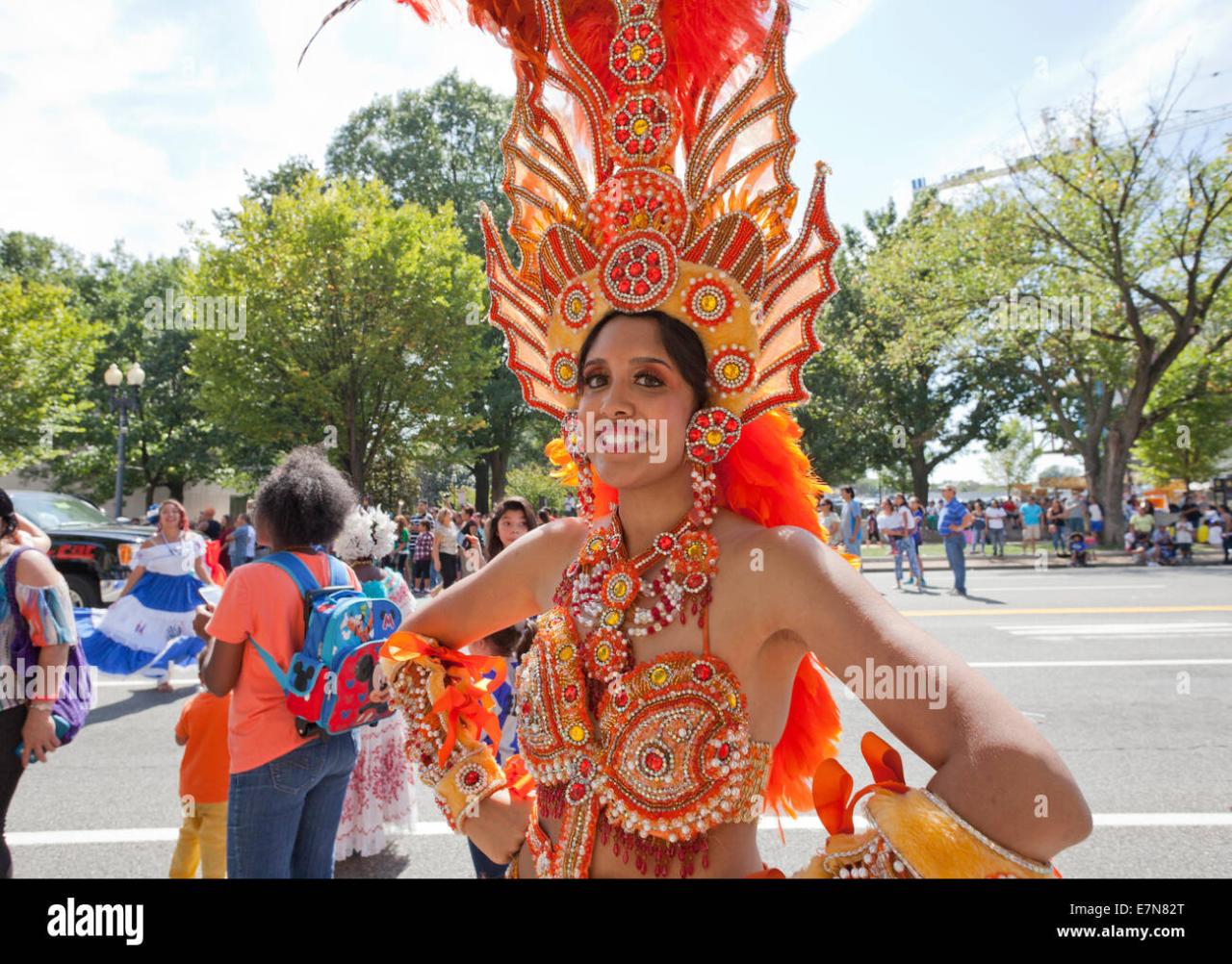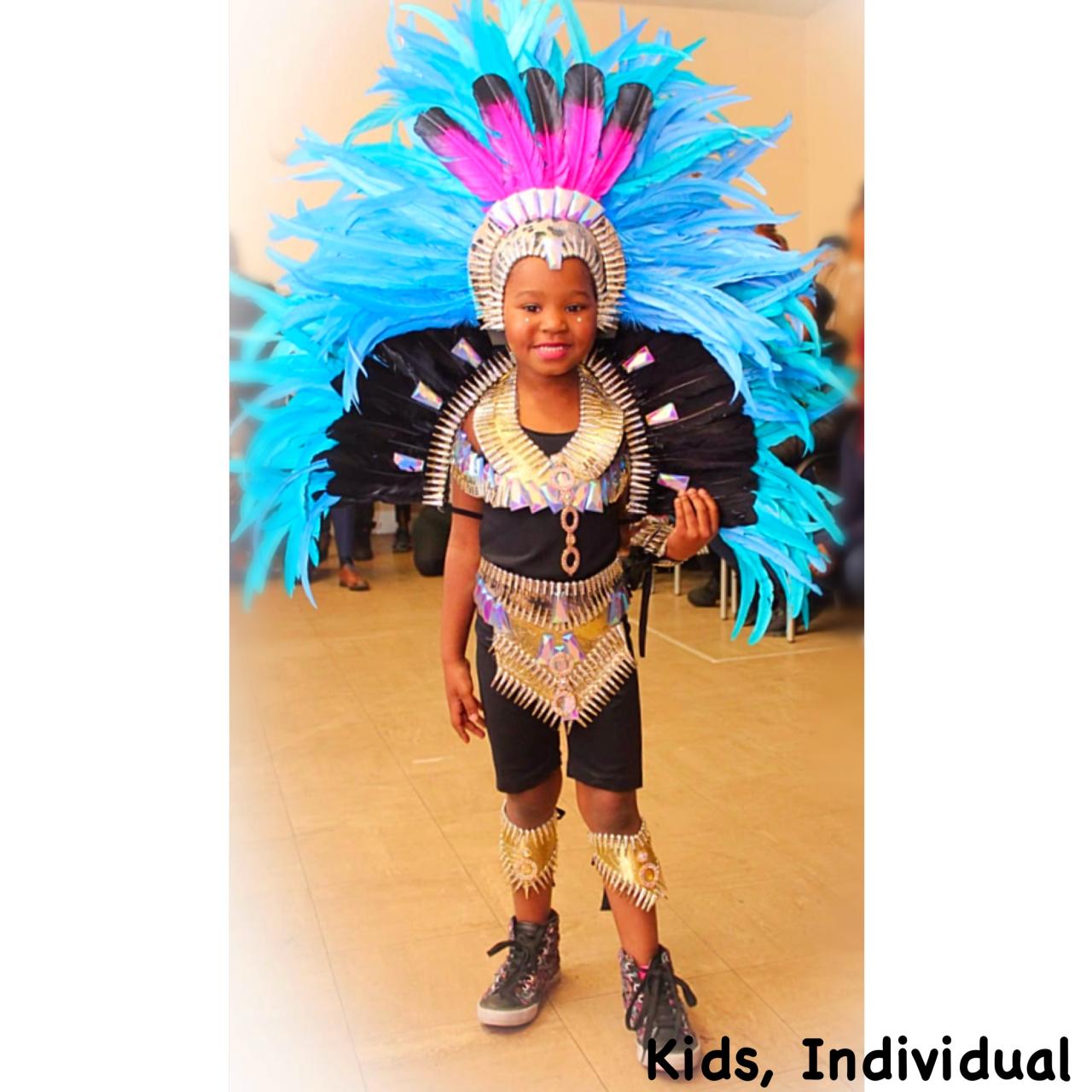Carnival costumes, an integral part of carnival celebrations worldwide, are vibrant expressions of culture, creativity, and the spirit of festivity. From the elaborate headdresses of Rio’s samba dancers to the intricate masks of Venice’s Carnevale, these costumes tell stories of tradition, symbolism, and the boundless imagination of their creators.
Throughout history, carnival costumes have evolved to reflect the unique cultural identities of different regions. They serve as a canvas for showcasing traditional craftsmanship, religious beliefs, and social commentary. The materials and techniques used in their creation are as diverse as the costumes themselves, ranging from intricate beadwork to flamboyant feathers and shimmering fabrics.
Design Elements and Symbolism in Carnival Costumes
Carnival costumes are a vibrant and elaborate form of artistic expression that often incorporate a wide range of design elements and symbolism. These elements, including colors, patterns, and shapes, are carefully chosen to create a visually stunning and meaningful display.
Colors, Carnival costume
Colors play a significant role in carnival costumes, each hue carrying its own symbolic meaning. Red, for example, represents passion, energy, and vitality, while blue symbolizes tranquility, wisdom, and spirituality. Green is associated with nature, fertility, and prosperity, while yellow represents joy, optimism, and wealth.
The combination of these colors creates a vibrant and visually stimulating display that captivates the audience.
Patterns
Patterns are another key design element found in carnival costumes. Geometric patterns, such as stripes, checks, and polka dots, create a sense of movement and energy. Floral patterns represent nature and growth, while animal prints symbolize strength and power. The intricate and detailed patterns often found on carnival costumes add depth and texture to the overall design.
Shapes
The shapes used in carnival costumes are often exaggerated and distorted to create a dramatic and eye-catching effect. Large, flowing skirts and voluminous headdresses create a sense of grandeur and opulence. Feathers, beads, and sequins add a touch of glamour and extravagance to the overall design.
These shapes and embellishments work together to create a costume that is both visually stunning and symbolically rich.
The Role of Carnival Costumes in Performance and Celebration
Carnival costumes are not merely decorative garments; they play a pivotal role in enhancing the performance and celebratory aspects of carnival festivals. These elaborate costumes transform participants into vibrant characters, creating a visually stunning spectacle that captivates audiences and immerses them in the festive atmosphere.
Contribution to Performance
Costumes empower performers to embody their characters fully, enabling them to express themselves creatively and engage with the audience on a deeper level. The intricate designs, vibrant colors, and exaggerated features of carnival costumes enhance the performers’ physicality and movement, allowing them to convey emotions and stories through their bodies.
Creation of Festive Atmosphere
Carnival costumes contribute significantly to the creation of a festive and celebratory atmosphere. The kaleidoscope of colors, textures, and patterns creates a visual feast that captivates the senses. The costumes transform the streets into a stage, where performers and spectators alike become part of a vibrant spectacle that celebrates creativity, diversity, and the joy of life.
Sense of Community
Carnival costumes foster a sense of community and belonging among participants and spectators. By wearing similar or complementary costumes, individuals become part of a collective experience, sharing in the joy and excitement of the festival. The costumes break down social barriers and create a sense of unity, allowing people from all walks of life to come together and celebrate as one.
Modern Trends and Innovations in Carnival Costume Design
In the ever-evolving world of carnival costume design, contemporary trends and innovations are constantly pushing the boundaries of creativity and tradition. Designers are embracing technology and experimenting with new materials, while staying true to the spirit of carnival’s vibrant and expressive nature.
One notable trend is the incorporation of LED lights and other electronic elements into costumes. These technologies allow designers to create dynamic and interactive costumes that illuminate and change colors, adding an extra layer of spectacle and wonder to carnival performances.
Use of Sustainable Materials
Sustainability has also become a key consideration in carnival costume design. Designers are increasingly using eco-friendly and recycled materials to create their costumes, reducing their environmental impact while still maintaining the vibrant and elaborate aesthetic that carnival is known for.
Cross-Cultural Influences
Modern carnival costume designs often draw inspiration from diverse cultures around the world. Designers are incorporating elements from traditional costumes, textiles, and motifs into their creations, resulting in a rich and eclectic mix of styles and influences.
3D Printing and Digital Fabrication
Advances in 3D printing and digital fabrication technologies have opened up new possibilities for carnival costume designers. These technologies allow for the creation of intricate and complex designs that would be difficult or impossible to achieve using traditional methods.
Concluding Remarks
In the modern era, carnival costume design continues to push boundaries, embracing technological advancements and contemporary materials. Designers are reimagining traditional designs while staying true to the spirit of carnival, creating costumes that are both visually stunning and deeply rooted in cultural heritage.
Carnival costumes remain a vital part of these celebrations, enhancing performances, fostering a sense of community, and providing a glimpse into the rich tapestry of human creativity.
Commonly Asked Questions
What is the historical significance of carnival costumes?
Carnival costumes have a long and rich history, dating back to ancient festivals and rituals. They have been used to represent mythological figures, social roles, and cultural identities, often reflecting the beliefs and values of the time.
How do carnival costumes vary across different cultures?
Carnival costumes exhibit a remarkable diversity across cultures. From the colorful and flamboyant costumes of Brazil to the elegant and mysterious masks of Venice, each region has its unique traditions and symbolism associated with their carnival costumes.
What are some common materials used in carnival costume making?
Carnival costumes are often made from a wide range of materials, including fabrics such as silk, velvet, and cotton, as well as embellishments like beads, feathers, sequins, and ribbons. The choice of materials often reflects the cultural significance and aesthetic traditions of the region.
How do carnival costumes contribute to the atmosphere of carnival celebrations?
Carnival costumes play a crucial role in creating the festive and celebratory atmosphere of carnival. They allow participants to express their creativity, embody different characters, and immerse themselves in the spirit of the celebration.
What are some modern trends in carnival costume design?
Modern carnival costume design is constantly evolving, incorporating new technologies and contemporary materials. Designers are pushing the boundaries of traditional designs, creating costumes that are both visually stunning and reflective of the changing cultural landscape.



